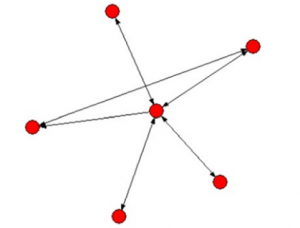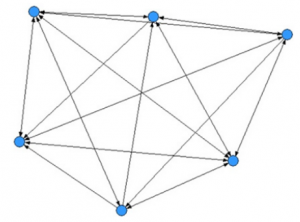H817 – 20b – Week 22 – Activity 11 – LA and LD
Make notes in your learning journal or blog about these types of analytic and when they can be applied.
Consider whether these classifications are more useful than the ones you have considered at other points this week.
Checkpoint
After studying Lockyer et al. (2013) I found that checkpoint analytics indicate that a student has met some prerequisite such as downloading a resource or viewing a Moodle book. This relates to the resources in learning design.
Checkpoint analytics can be used to provide automatic triggers or reminders based on student activity in an online system.
They can inform a tutor that students are following the intended path of the learning design (perhaps check that they have not jumped ahead). They can be used to check that students have formed groups if that is required.
Process
This is insight into the student’s understanding by analysing the tasks they complete. The example given in the paper is social network analysis where the student engagement and understanding of a topic can be measured.
The support mechanisms defined the the learning design such as expected interactions (student to student or student to tutor) contribute to the interpretation of process analytics.
The following network analysis diagram shows a discussion dominated by one student. If this was not the point of the task then this information could be used to intervene.

An even distribution of contributions would look more like this diagram:

These definitions provide a clear distinction between the types of analytics which can be gathered to describe task tracking or teacher and course effectiveness.
We have previously considered how Google (2020) Analytics could be useful to learners, educators and others without relating these to course contents or tasks. Checkpoint and Process analytics relate what is happening within a course design better than, for instance, how many times a student uses the library.
References:
Google (2020a) Analytics, Available at: https://analytics.google.com (Accessed: 10th July 2020).
Lockyer, L., Heathcote, E. and Dawson, S. (2013) ‘Informing pedagogical action: aligning learning analytics with learning design’, American Behavioral Scientist, vol. 57, no. 10 (Online). Available at http://libezproxy.open.ac.uk/ login?url=http://dx.doi.org/ 10.1177/ 0002764213479367 (Accessed 10th July 2020)